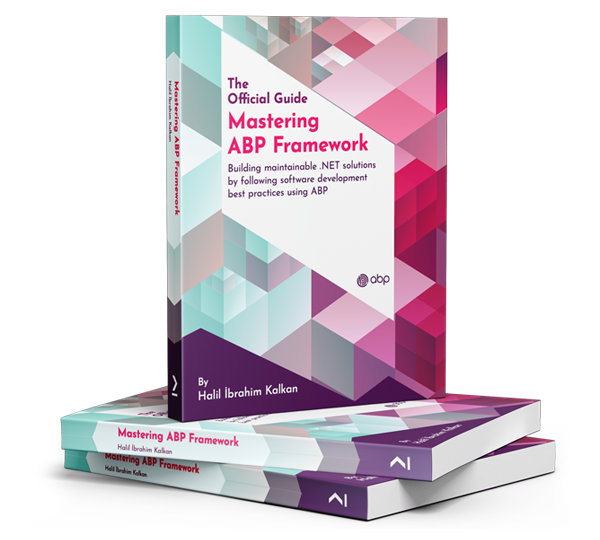Check the docs before asking a question: https://docs.abp.io/en/commercial/latest/ Check the samples, to see the basic tasks: https://docs.abp.io/en/commercial/latest/samples/index The exact solution to your question may have been answered before, please use the search on the homepage.
If you're creating a bug/problem report, please include followings:
- ABP Framework version: v4.4.0
- UI type: Angular
- DB provider: EF Core
- Tiered (MVC) or Identity Server Separated (Angular): no
- Exception message and stack trace:
- I'm using ABP commercial.
I couldn't reopen this question: https://support.abp.io/QA/Questions/2320/Can%27t-set-culture---language-by-using-Accept-Language-header
Basically I still didn't figure out how to get the accept language header to work. I tried to use the es language code, which is configured automatically by the project, but I still get all exceptions / texts in en US
2 Answer(s)
-
0
In the end I managed to get it working by moving app.UseAbpRequestLocalization(); to be the first middleware. Honestly, I'm not sure if this ok. Also, the previous call came from the abp commercial startup template.
Also as second note, it's confusing right now how a language needs to be added. I identified the following steps:
- create a new file under the domain project
- add the new language in {{my}DomainModule
- add the new language in {{my}HttpApiHostModule
- create a record in the database by using the Language UI
Are this the right steps?
-
0
In the end I managed to get it working by moving app.UseAbpRequestLocalization(); to be the first middleware. Honestly, I'm not sure if this ok. Also, the previous call came from the abp commercial startup template.
Hi @alex@livemobility.com, there is not any problem to be the
AbpRequestLocalizationMiddlewarebeing the first middleware.Also as second note, it's confusing right now how a language needs to be added.
I identified the following steps:- create a new file under the domain project
- add the new language in {{my}DomainModule
- add the new language in {{my}HttpApiHostModule
- create a record in the database by using the Language UI
Are this the right steps?
You can either add new languages via creating a new localization file under the
*.Domain.Sharedproject (/Localization/{your-folder-name}/{language-name}.json, like en.json file) or using theLanguage Managementmodule.If you want to define new localization language/culture by creating a new localization file under the Localization folder of the
*.Domain.Sharedproject, first you need to create a file under the Localization folder and then you need to define it in your*HttpApiHostModule's ConfigureLanguage method:
private void ConfigureLocalization() { Configure<AbpLocalizationOptions>(options => { options.Languages.Add(new LanguageInfo("ar", "ar", "العربية", "ae")); options.Languages.Add(new LanguageInfo("cs", "cs", "Čeština")); options.Languages.Add(new LanguageInfo("en", "en", "English")); options.Languages.Add(new LanguageInfo("fi", "fi", "Finnish", "fi")); options.Languages.Add(new LanguageInfo("fr", "fr", "Français", "fr")); options.Languages.Add(new LanguageInfo("hi", "hi", "Hindi", "in")); options.Languages.Add(new LanguageInfo("it", "it", "Italiano", "it")); options.Languages.Add(new LanguageInfo("sl", "sl", "Slovenščina")); options.Languages.Add(new LanguageInfo("sk", "sk", "Slovak", "sk")); options.Languages.Add(new LanguageInfo("tr", "tr", "Türkçe")); options.Languages.Add(new LanguageInfo("zh-Hans", "zh-Hans", "简体中文")); options.Languages.Add(new LanguageInfo("zh-Hant", "zh-Hant", "繁體中文")); options.Languages.Add(new LanguageInfo("de-DE", "de-DE", "Deutsche", "de")); options.Languages.Add(new LanguageInfo("es", "es", "Español", "es")); // add new localization language that you've define like above }); }- Then you can use it in your angular UI, follow this documentation to see how you can use it on your angular UI.
- If you define a new localization language/culture by using the
Language Managementmodule (Languages page), and update the texts for that newly created localization language you can directly use it in your Angular UI.

























































